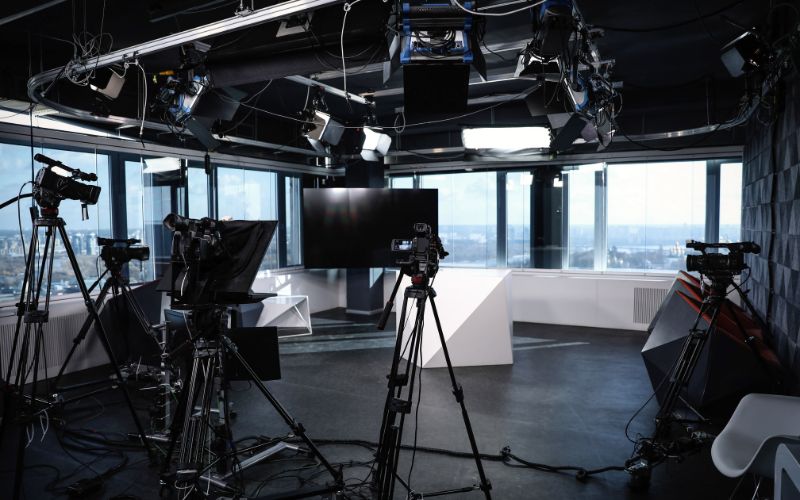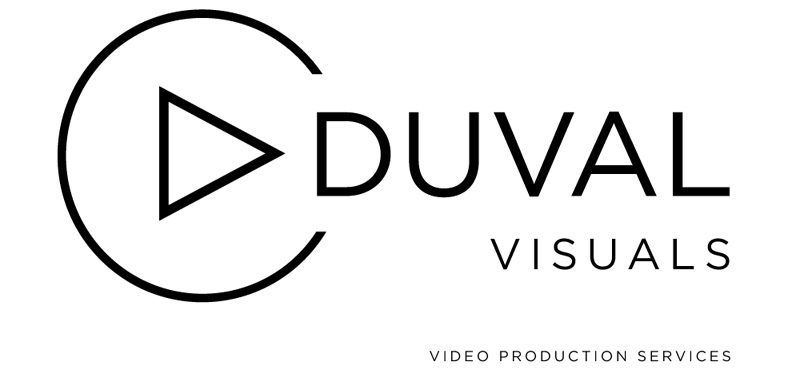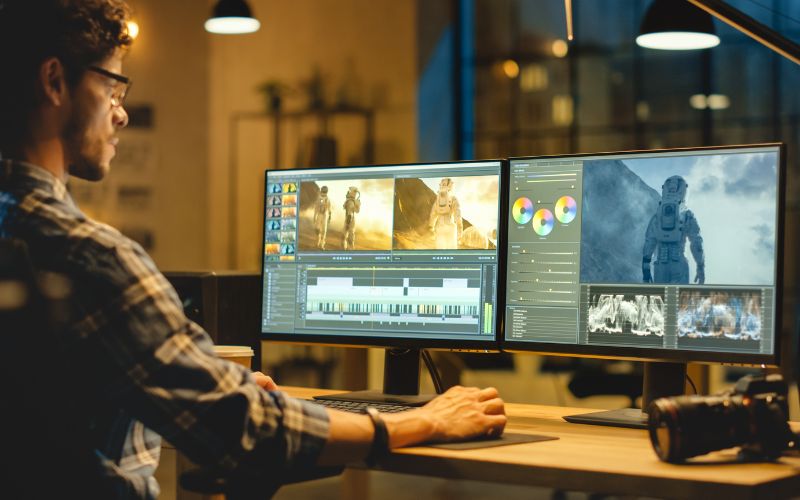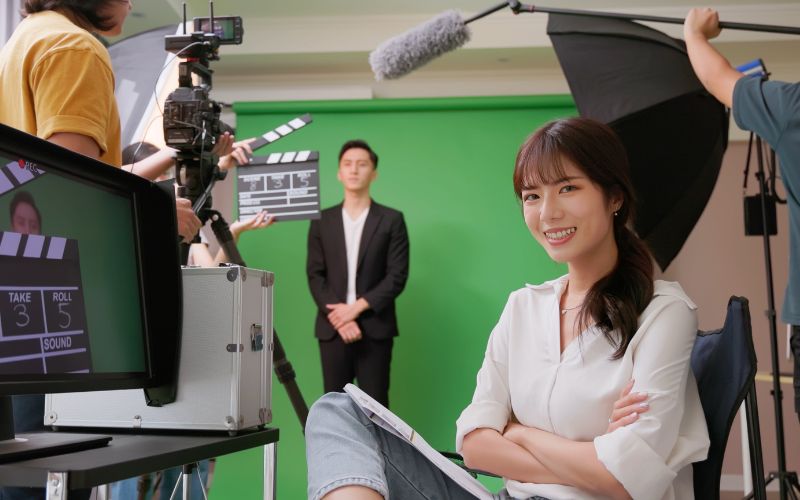
The Best Practices For Recording High-Quality Audio In Video Production
In video production, high-quality audio is just as important as high-quality visuals. Poor audio quality can ruin an otherwise great video, but with the right techniques and equipment, you can capture clear and professional-sounding audio that will enhance your video production. In this blog, we’ll explore some of the best practices for recording high-quality audio in video production.
Invest in Quality Microphones
The first step in recording high-quality audio is to invest in quality microphones. The microphone is the most important piece of equipment when it comes to capturing audio, so it’s important to choose the right one for your needs. There are a variety of different microphones available, each with their own strengths and weaknesses.
For recording dialogue, a shotgun microphone is often the best choice. This type of microphone is designed to capture sound from a specific direction, making it ideal for capturing dialogue while minimizing background noise. A lavalier microphone, also known as a lapel microphone, is another popular option for recording dialogue. This type of microphone is small and discreet, making it ideal for interviews and other situations where the microphone needs to be hidden.
If you’re recording music or other sound effects, a condenser microphone may be a better choice. This type of microphone is more sensitive than a dynamic microphone, making it ideal for capturing subtle nuances in sound.
Use Wind Protection
Wind noise can be a major problem when recording audio outdoors. Even a gentle breeze can create unwanted noise that can ruin an otherwise great recording. To avoid wind noise, it’s important to use wind protection.
One option is to use a foam windscreen. This type of wind protection is designed to fit over the microphone and reduce wind noise. A more effective option is a furry windjammer, also known as a “dead cat”. This type of wind protection is made of synthetic fur and can reduce wind noise even in strong winds.
Record in a Quiet Location
When recording audio, it’s important to choose a quiet location. Background noise can be a major problem, especially when recording dialogue. To minimize background noise, choose a location that is free from traffic, machinery, and other sources of noise.
If you’re recording in a noisy environment, consider using a noise-canceling microphone. This type of microphone is designed to filter out background noise and focus on the sound source.
Use Proper Mic Placement
Proper microphone placement is essential for capturing high-quality audio. The placement of the microphone will depend on the type of microphone you’re using and the sound you’re trying to capture.
When using a shotgun microphone for dialogue, aim the microphone at the speaker’s mouth from a distance of about 1 to 2 feet away. If you’re using a Lavalier microphone, attach it to the speaker’s clothing near their mouth. For music and other sound effects, experiment with different microphone placements to find the best sound.
Monitor Audio Levels
Monitoring audio levels is essential for ensuring that your recording is not too loud or too quiet. Most cameras and recording devices have built-in audio level meters, but it’s important to use headphones to monitor the audio in real time.
When recording dialogue, aim for levels between -12 and -6 decibels. For music and other sound effects, aim for levels between -18 and -12 decibels.
Edit and Mix Audio
After recording your audio, it’s important to edit and mix it to ensure that it sounds its best. This includes removing unwanted noise, adjusting levels, and adding effects such as reverb and compression.
Editing and mixing audio can be time-consuming, but it’s essential for creating a professional-sounding final product.
In conclusion, capturing high-quality audio is essential for creating professional-looking videos. By investing in quality microphones, using wind protection, choosing a quiet location, using proper microphone placement, monitoring audio levels, and editing and mixing the audio, you can ensure that your audio sounds its best. By following these best practices, you can enhance the overall quality of your video production and create content that engages and entertains your audience.
Use a Separate Audio Recorder
While many cameras and recording devices have built-in microphones, using a separate audio recorder can improve the quality of your audio recordings. Dedicated audio recorders offer higher quality preamps and can capture audio at higher bitrates and sample rates than many built-in microphone options.
Additionally, using a separate audio recorder allows you to record multiple channels of audio simultaneously, which can make editing and mixing the audio much easier.
Use Proper Room Acoustics
Room acoustics play a significant role in the quality of your audio recordings. Ideally, you want to record in a room with good acoustics that minimizes echoes, reverberations, and other unwanted sounds.
If you don’t have access to a recording studio, consider using acoustic treatment panels to minimize unwanted sound reflections. These panels can help absorb sound and reduce reverberation, resulting in cleaner, more natural-sounding recordings.
Maintain Consistent Audio Levels
Maintaining consistent audio levels throughout your recording is crucial for ensuring that your audio sounds professional. When levels vary throughout the recording, it can be distracting to the listener and detract from the overall quality of your production.
One way to maintain consistent levels is to use a limiter. A limiter helps prevent audio levels from exceeding a certain threshold, ensuring that your audio stays within a consistent range.
Perform Sound Checks Before Recording
Before you start recording, it’s important to perform sound checks to ensure that your audio equipment is working properly and that levels are set correctly. This can help prevent unexpected issues that could ruin your recording.
Performing sound checks also allows you to make any necessary adjustments to the microphone placement, room acoustics, and other factors that could affect the quality of your recording.
In conclusion, recording high-quality audio is an essential part of video production. By investing in quality microphones, using wind protection, choosing a quiet location, using proper microphone placement, monitoring audio levels, editing and mixing the audio, using a separate audio recorder, using proper room acoustics, maintaining consistent audio levels, and performing sound checks before recording, you can capture clear and professional-sounding audio that will enhance the overall quality of your video production. By following these best practices, you can create engaging and entertaining content that resonates with your audience and helps you achieve your goals.
Related Blogs
The Use of Humor In Video Production To Engage Audiences
The Use of Humor In Video Production To Engage Audiences Humor has been used in various forms of [...]
How To Edit Videos Like a Professional
How To Edit Videos Like a Professional In today's digital age, video content is king. From vlogs to [...]
How To Create An Effective Video Script
How To Create An Effective Video Script Video is one of the most effective mediums for communication and [...]






